Violets today occupy one of the main places in home collections of flower lovers. Compact flowering bushes look very beautiful and can decorate any room. In addition, the flowers are not capricious about the conditions of care, so anyone can cope with their cultivation.
Today, about 500 species of violets are known, which differ in leaves, size and color. All varieties lend themselves well to reproduction, which is most often carried out using leaves. Even a novice can cope with the propagation of violets with a sheet, having previously familiarized themselves with the algorithm for the procedure. However, you need to carefully study all the rules, because the cuttings also require care, and can be attacked by pests and diseases.
Content
Characterization of the species and methods of propagation of violets
Violet (Saintpaulia) is attributed to plants of the Gesneriaceae family. Wild species can be found in the mountainous regions of East Africa. Indoor plants are represented by compact, perennial herbaceous plants with shortened stems. The leaf part is collected in a basal outlet. Leathery leaves have small pubescence.
Rounded foliage has a heart-shaped base, and the apex may be rounded or slightly pointed. Green leaves are most often uniform in color, but there are varieties with spotty leaf blades. The flowers of the plant form five petals and are collected in elegant brushes. Saintpaulia also has a cup, which is formed of five sepals.
There are four ways to propagate the senpolia:
- leafy cuttings;
- stepsons;
- peduncles;
- seeds (selection).
In home floriculture, leaf propagation is most often used, because it is considered the most simple and effective. Less commonly, plants are propagated using peduncles and stepsons, but these methods are not always feasible at home. Seed propagation is the most difficult: it is a rather laborious job that requires a lot of patience and extreme caution.
Material selection
The further development of the flower depends on the selected planting material, therefore, the choice of the leaf must be approached responsibly. If you carefully consider an adult plant, you can see that the foliage from the outlet grows in rows. If the counting of the rows starts from the bottom, then this will be the first row from which it is better not to take the stalk. This is because such instances are quite old, so it will take a very long time to wait for the appearance of the children.
In addition, when cutting the middle, you can damage the growth point, which can adversely affect the plant. The optimal cut location is the second or third row when counting from the bottom. These leaves are young, but already strong enough, so they quickly take root and form children.
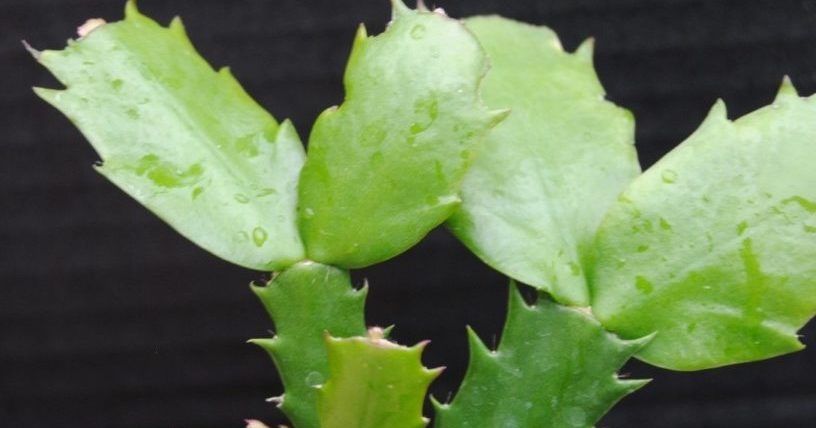 You may be interested in:
You may be interested in:When choosing a handle, it is important to pay attention to the following aspects:
- you need to choose only a healthy specimen, with a brightly painted surface;
- it should be clean, without damage and suspicious stains, without scratches and fractures;
- fading specimens are not suitable for propagation, the sheet must be resilient.
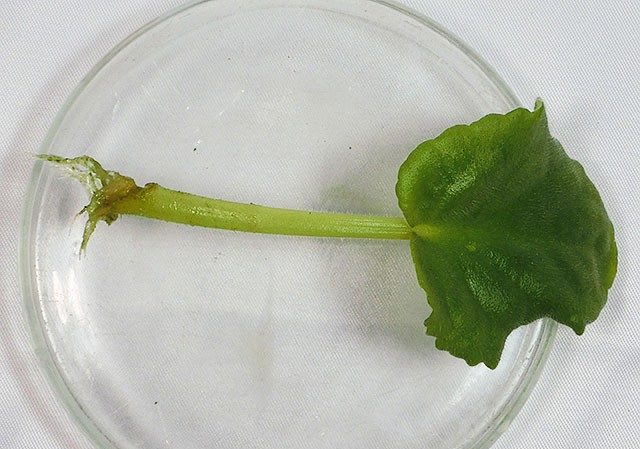
If the leaflet was brought from friends or acquaintances, it may fade during transportation. In this case, it is placed in a container with warm water with the addition of potassium permanganate for 2-3 hours. After this, the stalk should dry well.
Algorithm of propagation of violets with cuttings (leaves) at home
After selecting the cuttings, you should proceed to pruning. It is carried out by two methods: cutting with a sharp tool and breaking off the tip of the stem. When cutting, you need a sharp disinfected knife. The selected leaf is laid out on the table, after which its stem is cut at an angle of 45 °.
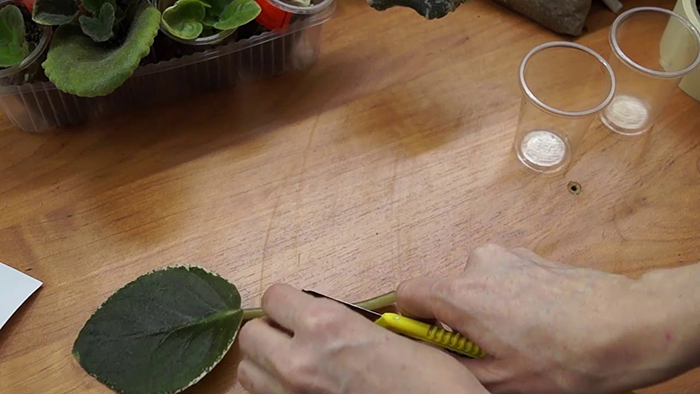
The second method is used only if there is no sharp tool with you or there is nothing to process it with. The method consists in the fact that the handle is separated by hands at a certain distance from the sheet. Step-by-step instructions for reproduction and photo operations will help you complete all the steps correctly.
Propagation of violets with a leaf in water
This method is popular both among experienced gardeners, and among ordinary plant lovers. For the procedure, prepare:
- net capacity, not exceeding 200 ml;
- water at room temperature, which must first be boiled;
- activated carbon (1 tablet);
- cut stalk;
- sharp disinfected knife.
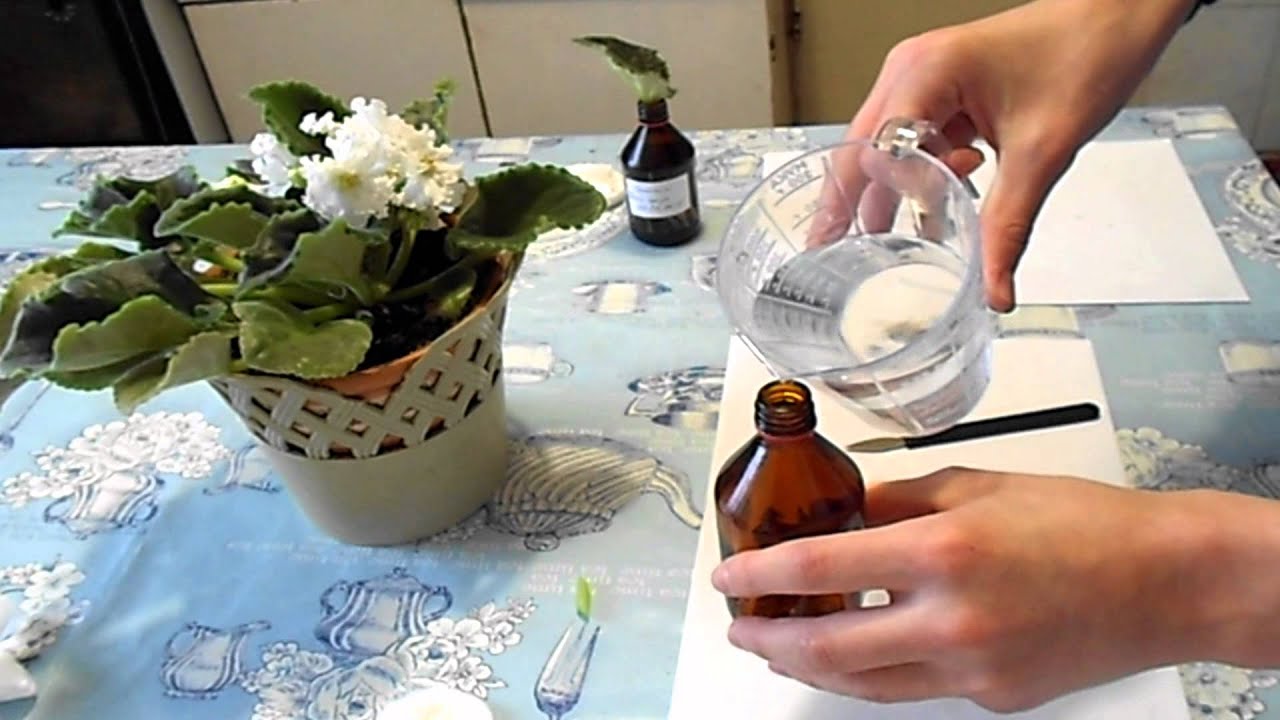
The capacity is transferred to a warm room with diffused light. It is important to note that direct rays should be excluded. During the rooting period, add water to the glass as it evaporates.
The duration of rooting depends on the conditions created and the variety of the flower. When the roots are 1 cm long, the stalk can be planted in the ground.
The rooted cuttings are planted shallow in the soil, otherwise young sprouts will spend a lot of energy to break out of the substrate. The earth around the handle is slightly compacted and watered. The pot is covered with polyethylene to create a mini-greenhouse. Shelter can be removed only after new plants are formed.
It often happens that the stalk begins to blacken or rot appears on it. In this case, it is removed from the liquid, the rotted area is cut off and all the manipulations of reproduction are carried out again. The disadvantages of reproduction by this method include the difficulties of planting in the soil. Fragile roots are easily damaged, which can cause severe adaptation or even death of the plant. A positive aspect of reproduction in water is tracking the formation of roots.
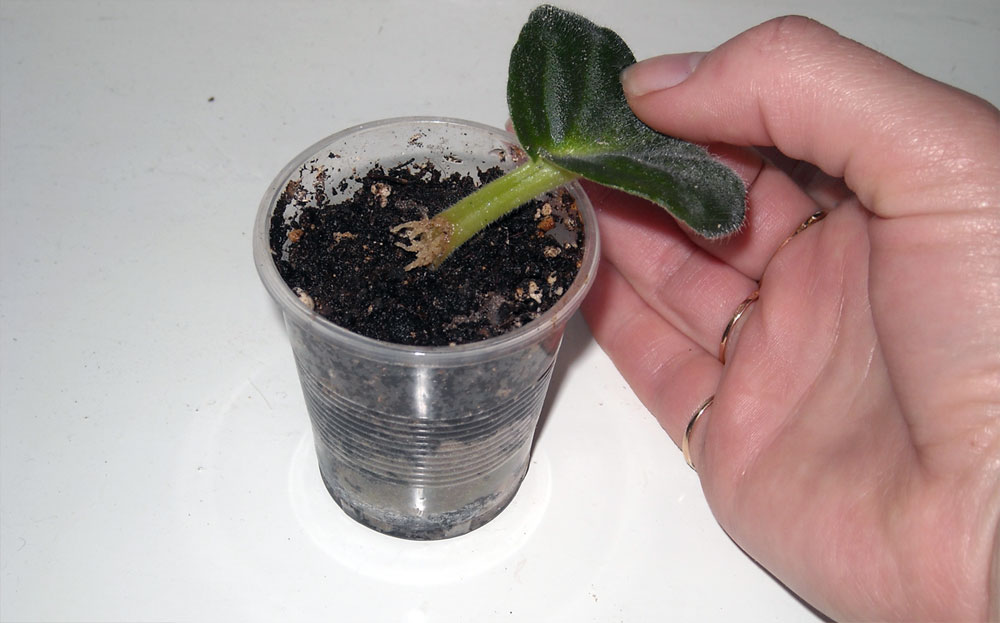
Rules for the propagation of a flower by a leaf in the ground
To root the violets in the ground, you first need to prepare a suitable substrate. It should be very light and more loose than the soil mixture for adult flowers. In a flower shop, they purchase a soil mixture for senpolis and add calcined river sand to it. Some gardeners use sphagnum moss as a filler.
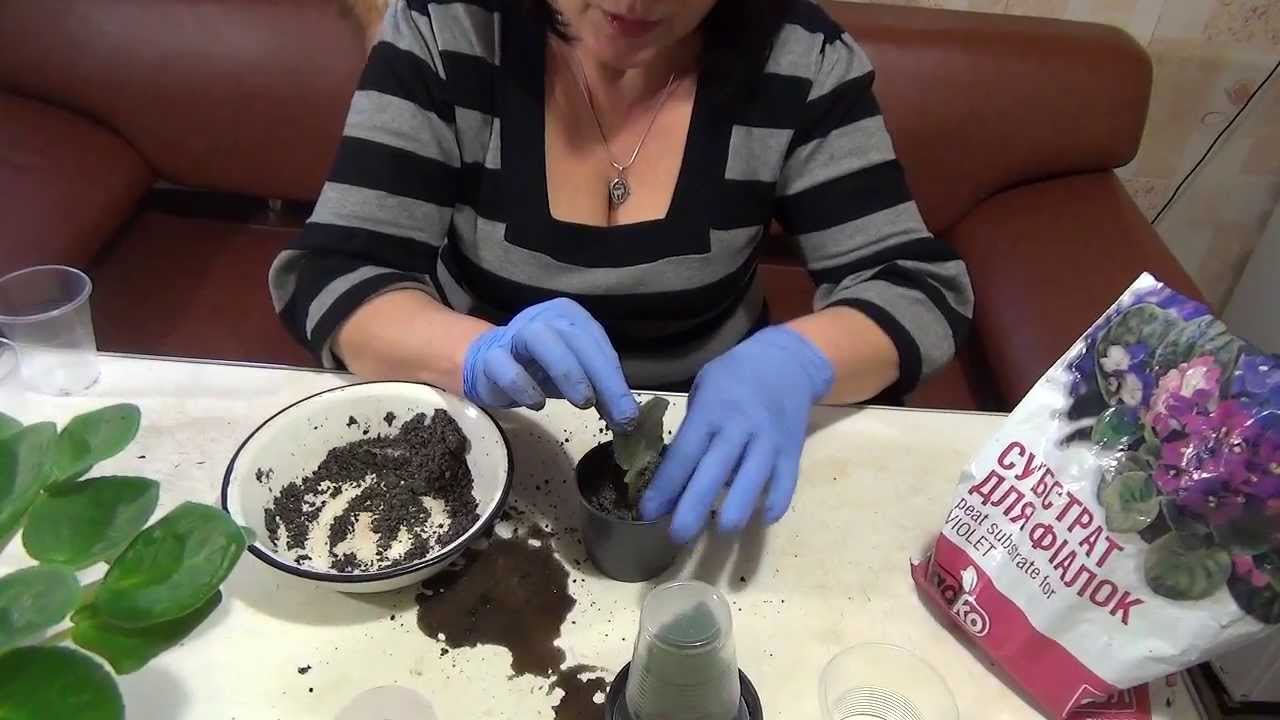
For planting, disposable food cups and other small containers are most often used, at the bottom of which drainage holes are made. As a drainage, you can take small stones or crushed polystyrene.
A substrate is poured onto the drainage layer, leaving a little space for the handle, which will be located at an angle of 45 °. A small hole is made in the soil and a freshly cut sheet is placed in it no deeper than 1 cm. The recess is covered with soil and slightly compacted for stability.
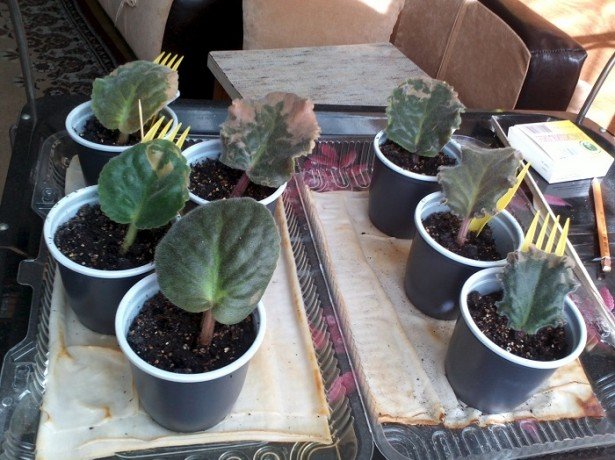
A glass with violet is put in another glass, but only without holes. The plant is slightly moistened, after which it is transferred to a bright and warm place.
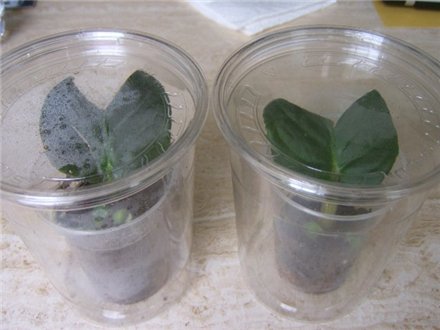
Moisturizing the soil should be regular, but moderate.
After 1-2 months, the flower will take root and produce young sprouts. Transplant in a permanent pot is carried out by transshipment method. The plant will be ready for "moving" only after the diameter of the young leaves reaches 3 cm.
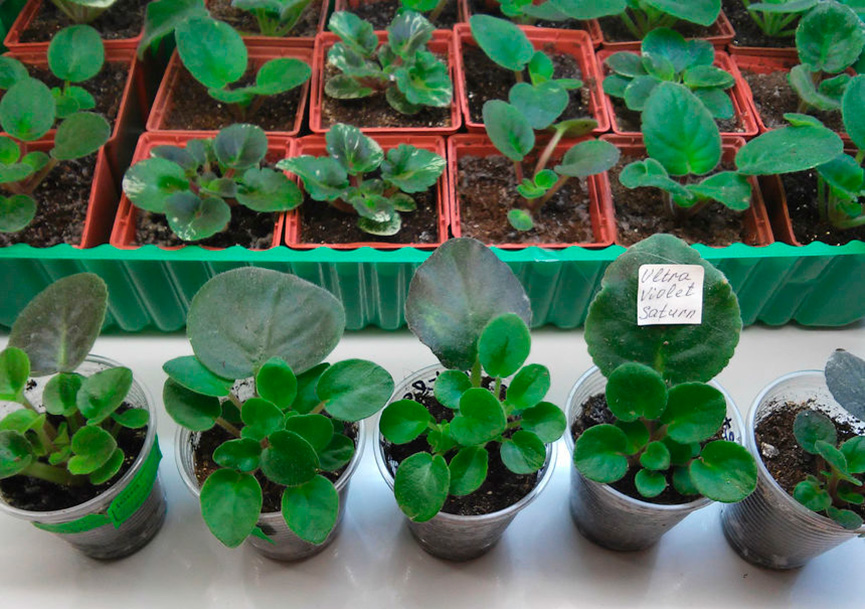
It happens that the planted stalk begins to wither. This may indicate rotting of the plant. It should be removed from the container and well inspected. The damaged area is cut off and the entire breeding procedure is repeated from the very beginning.
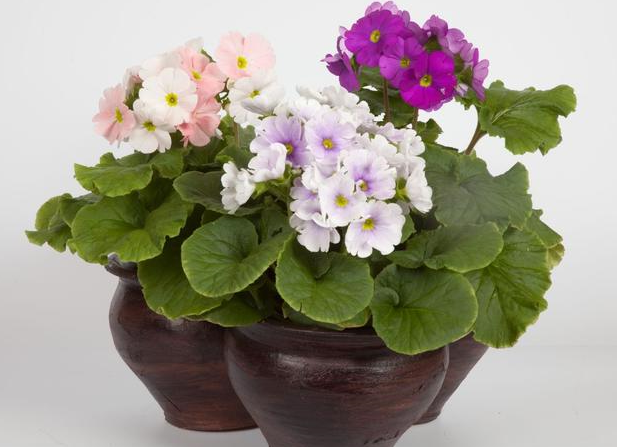 You may be interested in:
You may be interested in:Growing from a piece of leaf
At home, children are raised with a leaf fragment quite rarely. Such propagation is used for rare varieties or for rotting a leaf. In order not to lose planting material, the stem is cut down to the base of the leaf. The sheet plate must be divided into several parts with a sharp sterile knife so that each part has at least one vein.
Experienced flower growers and collectors often use this method, because thanks to it you can get much more children that are formed from each vein.
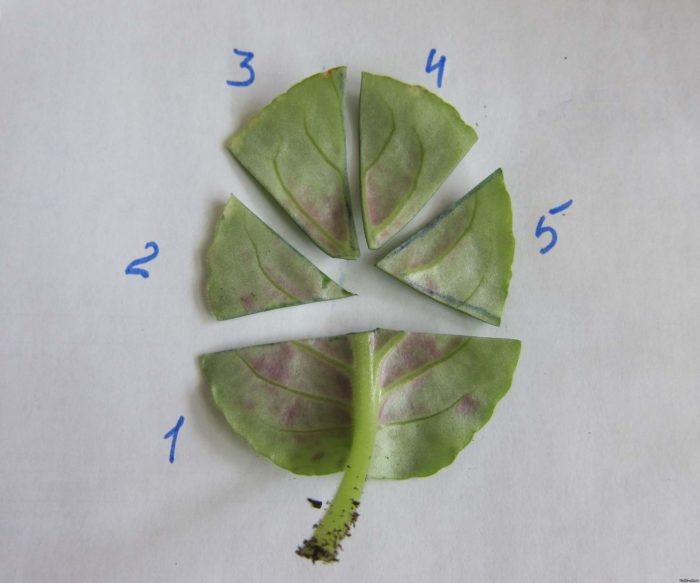
After separation of the sheet plate, the separated parts are left alone for 20 minutes so that the fresh sections are covered with a film. Each part should be placed in a weak solution of potassium permanganate for 20 minutes, after which the edges of the sections are treated with activated carbon.
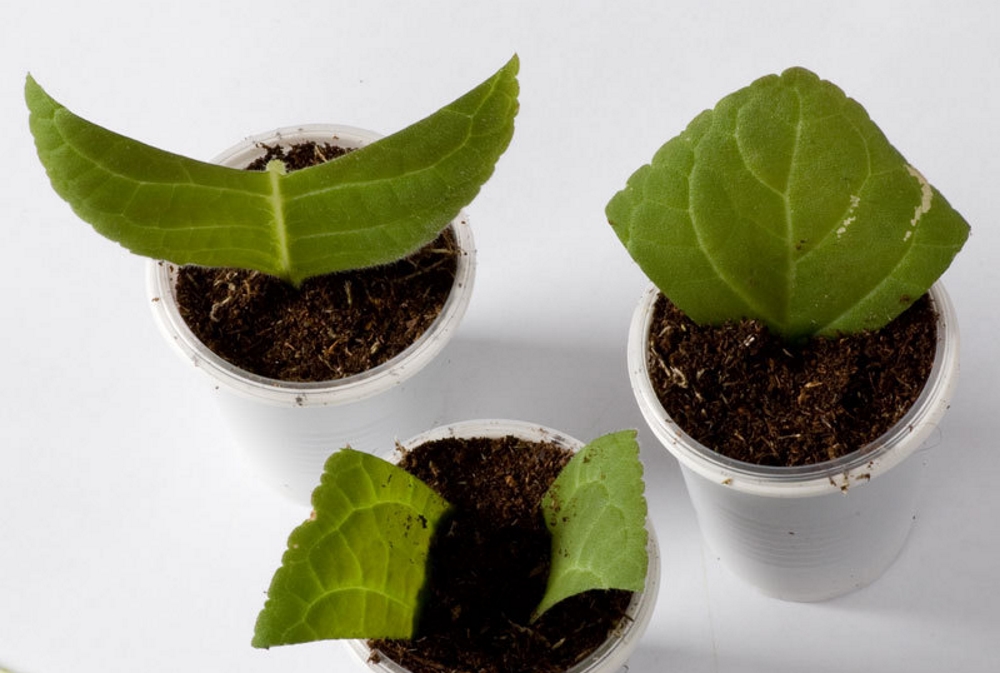
Further actions do not differ from reproduction in whole sheets.
Common Growing Questions
Growing a violet from one leaf is quite simple.In addition, there are several ways of leaf propagation, so each grower will be able to choose the most suitable for himself.


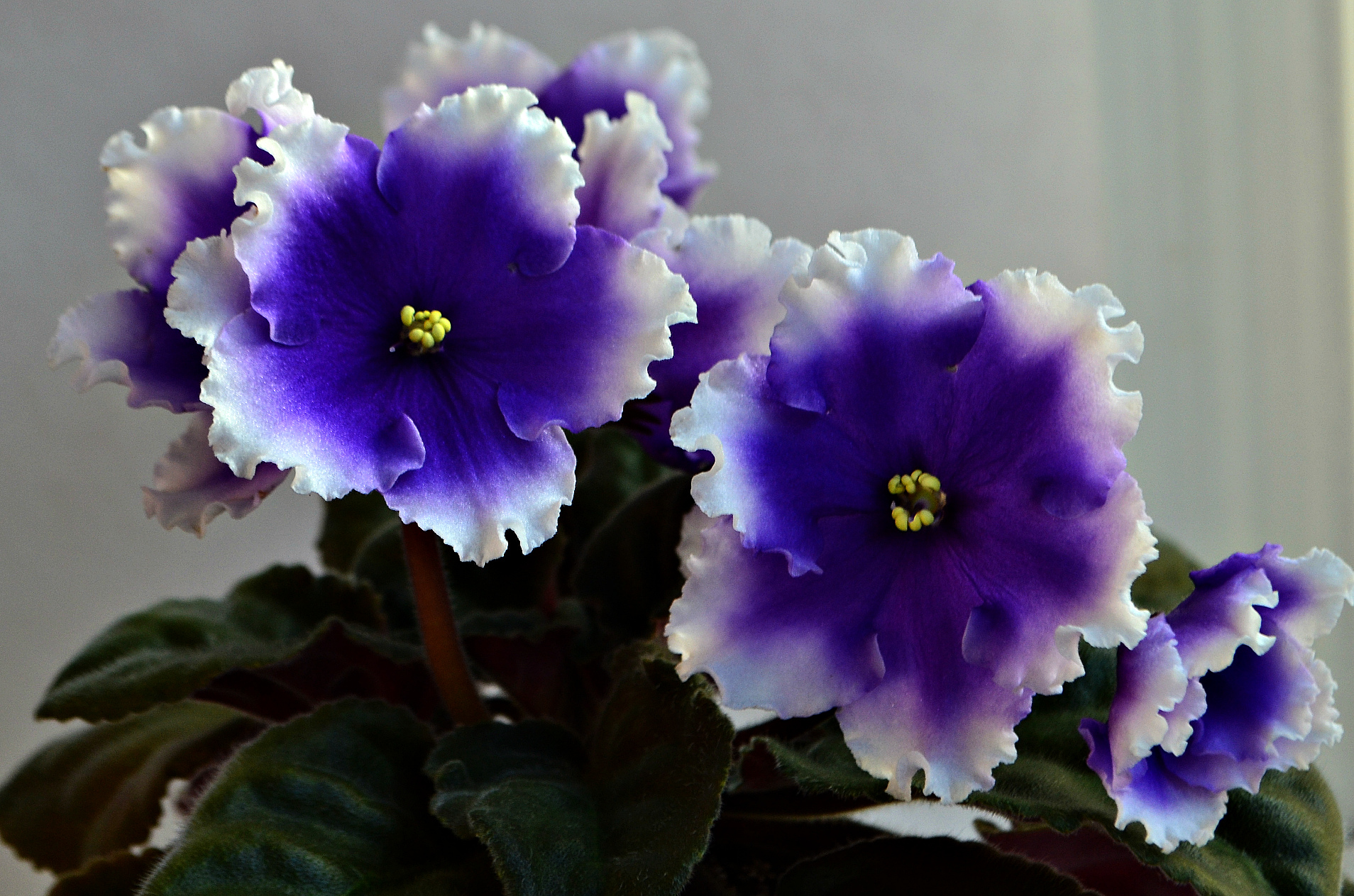

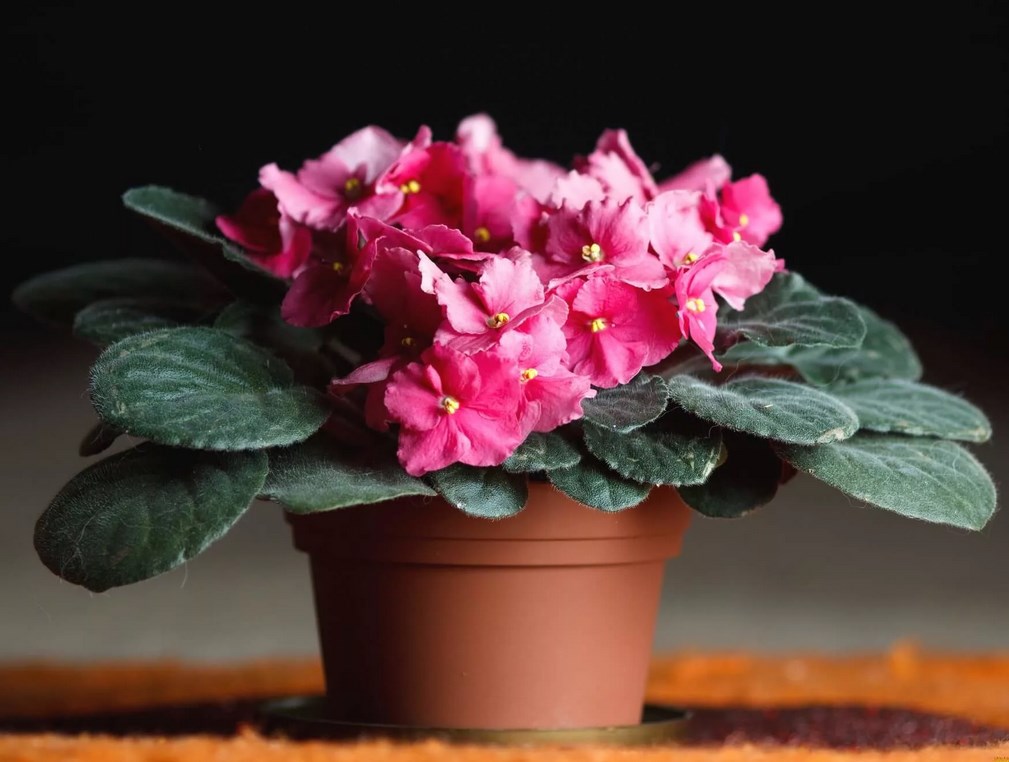
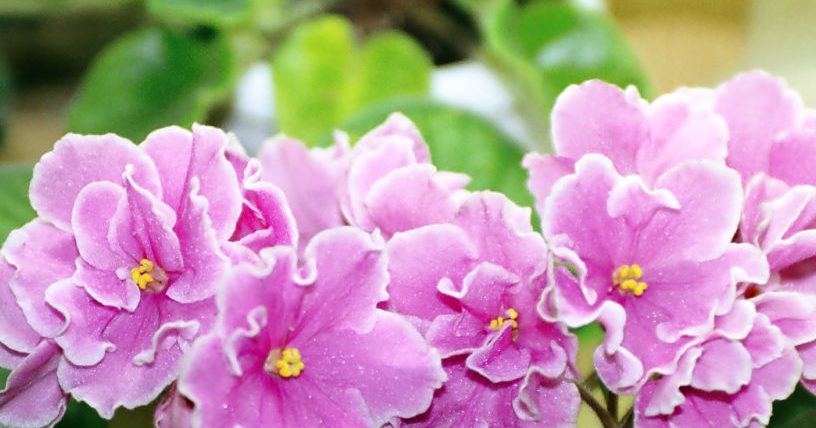
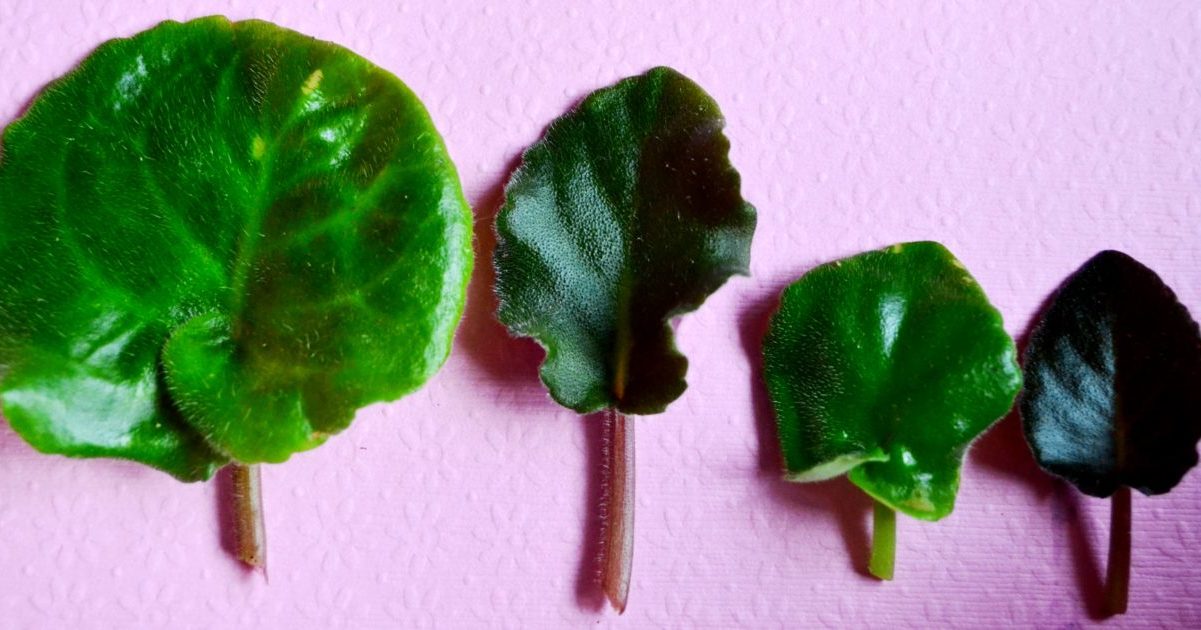
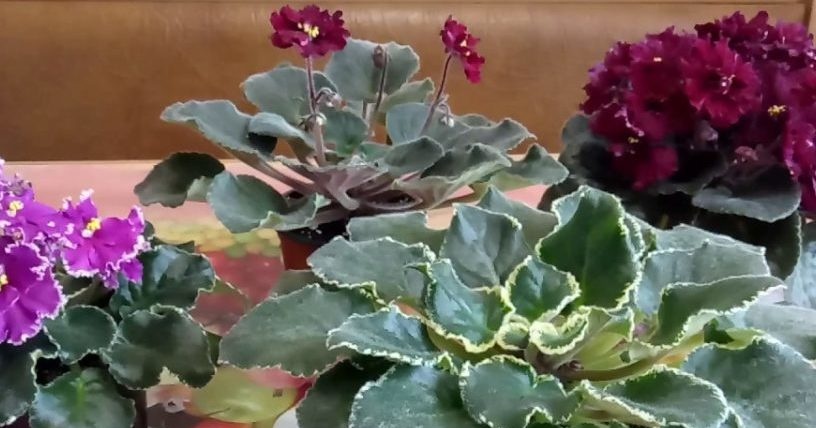 Why violets do not bloom - what to do to bloom and how to fertilize?
Why violets do not bloom - what to do to bloom and how to fertilize?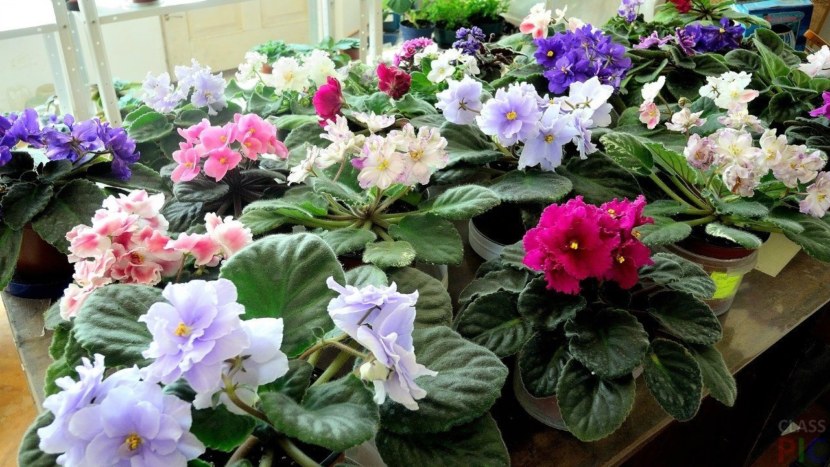 Indoor violet: proper care, pruning, reproduction at home
Indoor violet: proper care, pruning, reproduction at home “Frozen in time” - how much violets can bloom?
“Frozen in time” - how much violets can bloom?